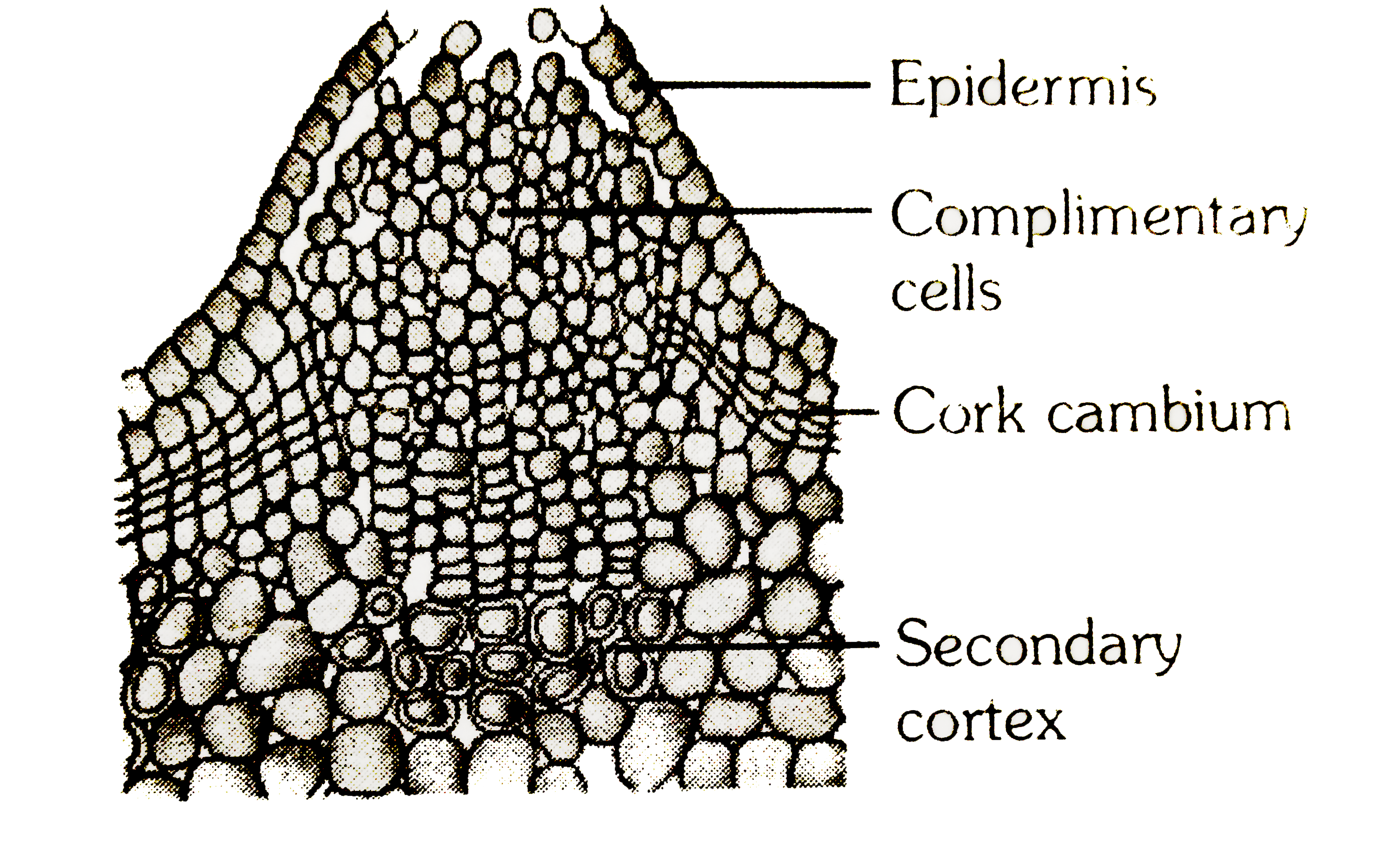Algae reproducing by both isogamy and anisogamy is
Fucus.
Volvox.
Sprirogyra
None of these
The correct Answer is:D
To solve the question regarding algae that reproduce by both isogamy and anisogamy, we can follow these steps:
1. Understand the Types of Reproduction:
- Isogamy: This is a type of sexual reproduction where the gametes are of the same size and shape. They can be flagellated or non-flagellated.
- Anisogamy: This type involves gametes that are of different sizes and shapes. Typically, one gamete is larger (often non-motile) and the other is smaller (often motile).
2. Identify Examples of Isogamy:
- In algae, Chlamydomonas is a well-known example where isogamous reproduction occurs. The gametes produced are similar in size and can be flagellated.
3. Identify Examples of Anisogamy:
- Some species of Chlamydomonas also exhibit anisogamy, where the gametes differ in size. This shows that Chlamydomonas can reproduce in both ways.
4. Consider Other Algal Examples:
- Spirogyra is another example of isogamous reproduction, but it does not reproduce via anisogamy.
- Volvox and Fucus are examples of oogamous reproduction, which is different from both isogamy and anisogamy.
5. Conclusion:
- Since Chlamydomonas is the only algae that reproduces by both isogamy and anisogamy, it is the correct answer to the question.
Final Answer:
The algae reproducing by both isogamy and anisogamy is Chlamydomonas.
---
- Isogamy: This is a type of sexual reproduction where the gametes are of the same size and shape. They can be flagellated or non-flagellated.
- Anisogamy: This type involves gametes that are of different sizes and shapes. Typically, one gamete is larger (often non-motile) and the other is smaller (often motile).
- In algae, Chlamydomonas is a well-known example where isogamous reproduction occurs. The gametes produced are similar in size and can be flagellated.
- Some species of Chlamydomonas also exhibit anisogamy, where the gametes differ in size. This shows that Chlamydomonas can reproduce in both ways.
- Spirogyra is another example of isogamous reproduction, but it does not reproduce via anisogamy.
- Volvox and Fucus are examples of oogamous reproduction, which is different from both isogamy and anisogamy.
- Since Chlamydomonas is the only algae that reproduces by both isogamy and anisogamy, it is the correct answer to the question.
The algae reproducing by both isogamy and anisogamy is Chlamydomonas.
Similar Questions
Algae reproduce by:-
View SolutionBacteria reproduces by
View SolutionIsogamy is found in
View SolutionParamecium reproduces by
View SolutionHydra reproduces by budding. It is
View SolutionGametes fail to fuse in Chlamydomonas. The process is
(a) Isogamy
(b) Anisogamy
(c) Syngamy
(d) None of the above
View SolutionGiven diagram shows -

(a) Lenticel facilitating the air exchange
(b) Hydathode showing gaseous vapour exchange
(c) Fungus reproducing by spore formation
(d) Alga reproducing by spore formation
View SolutionHydra reproduces through
View SolutionAll isogamy, anisogamy and oogamy are found in which of the following?
View SolutionWhich protist reproduces both by binary fission and conjugation
View Solution
